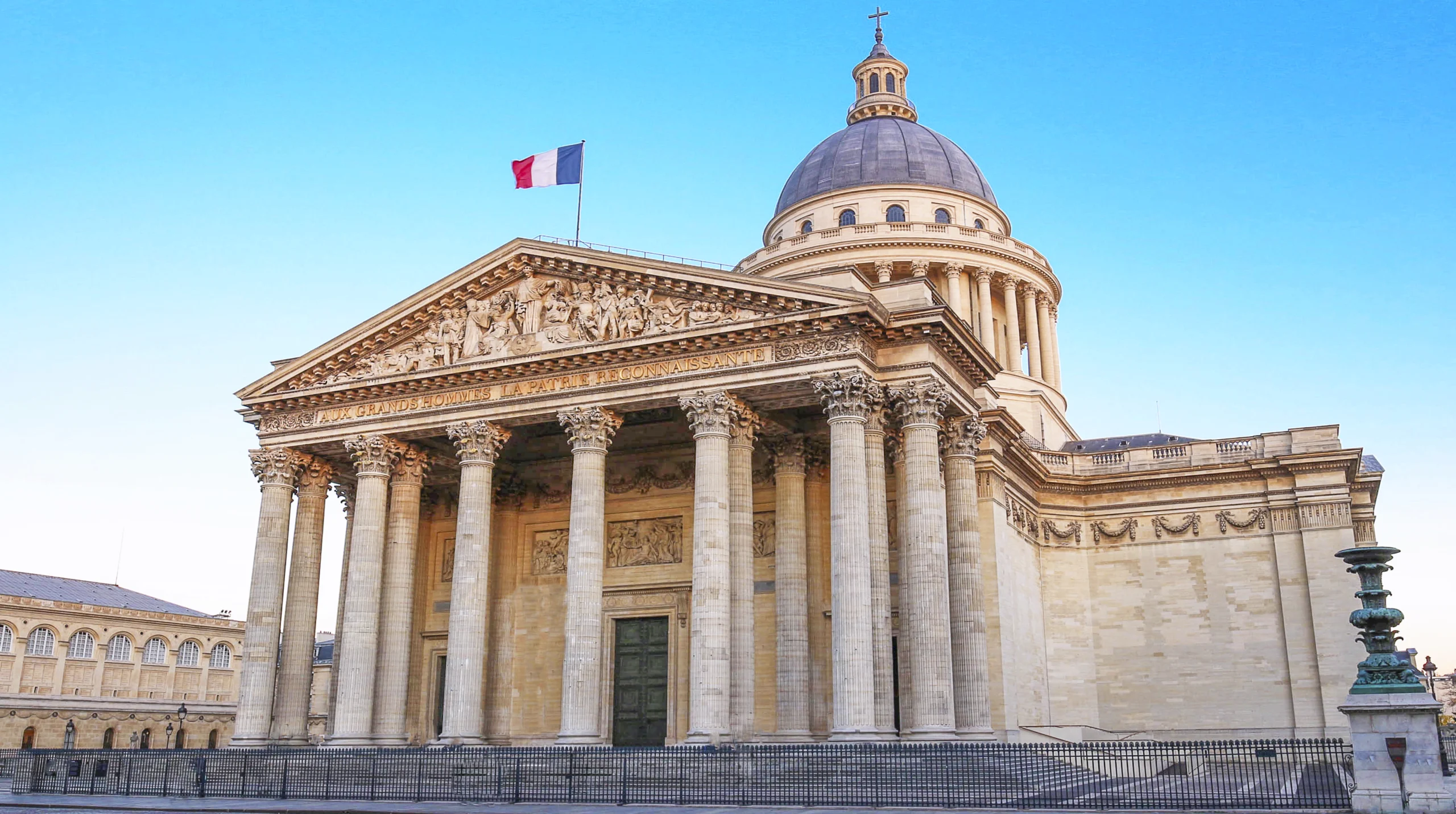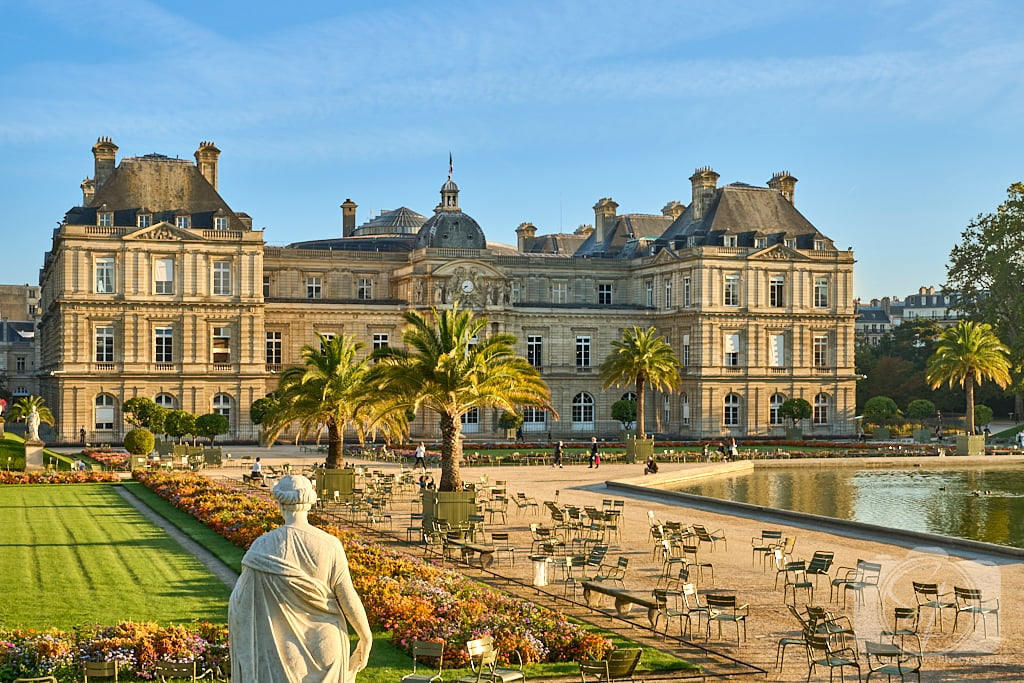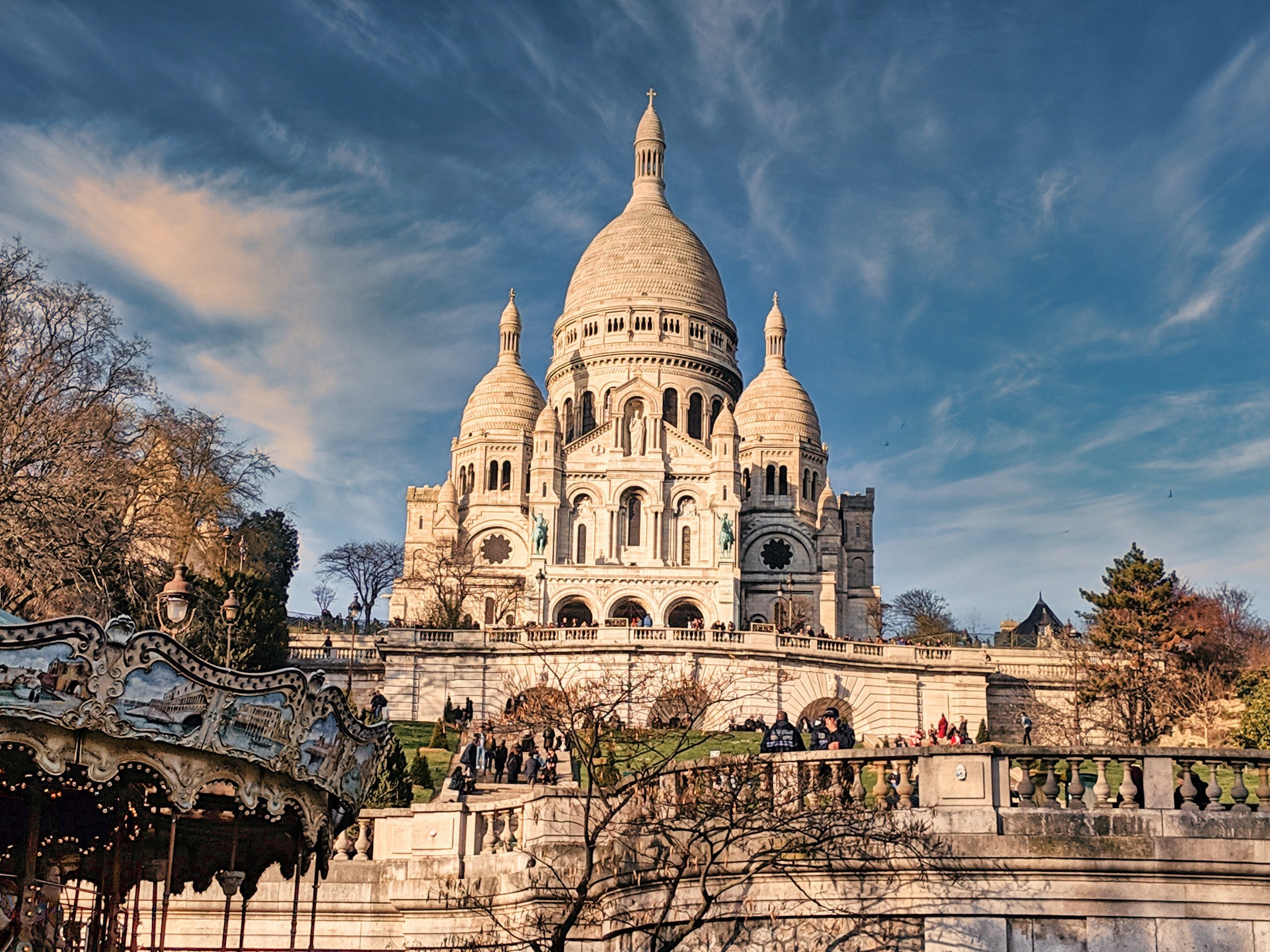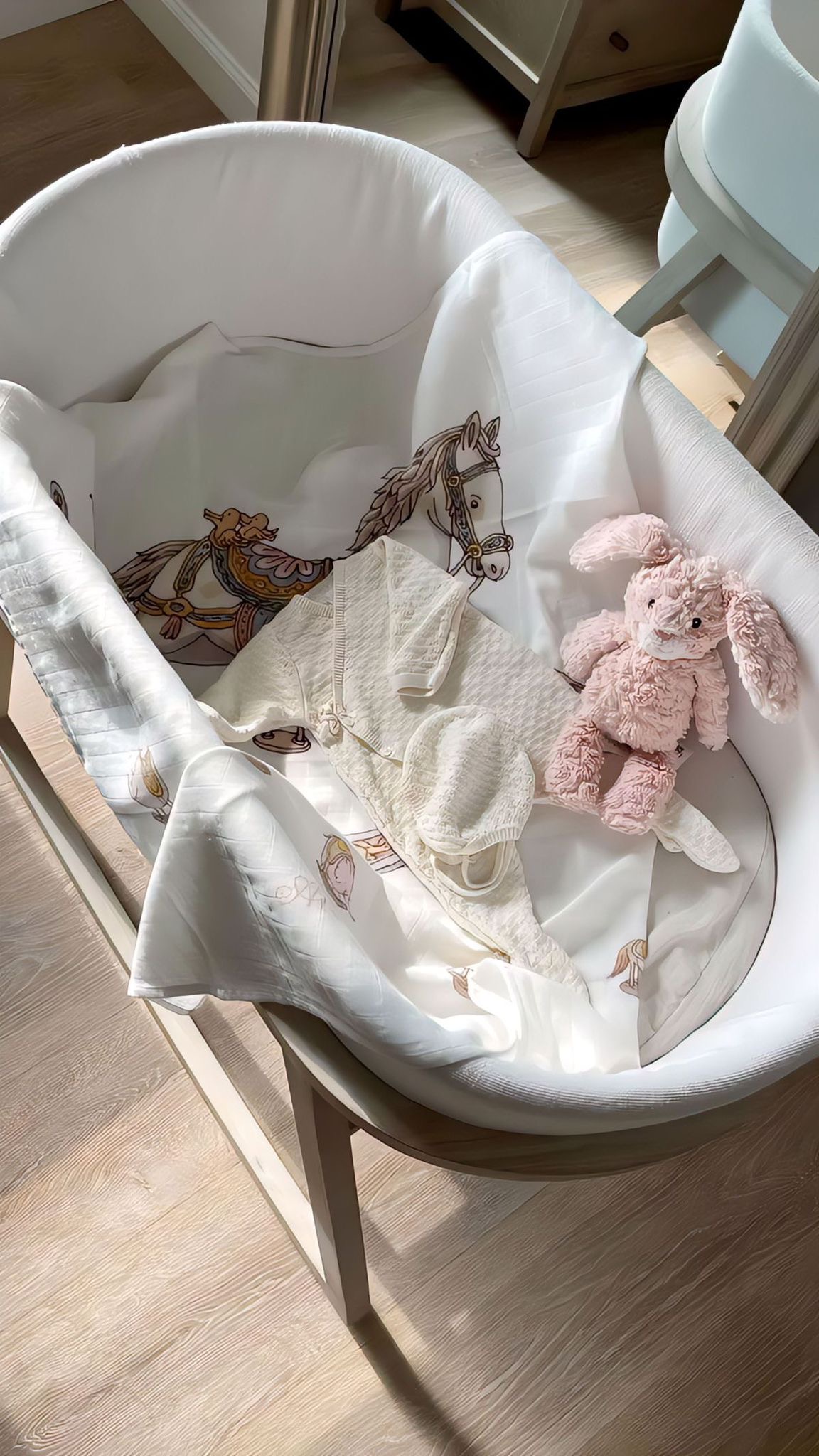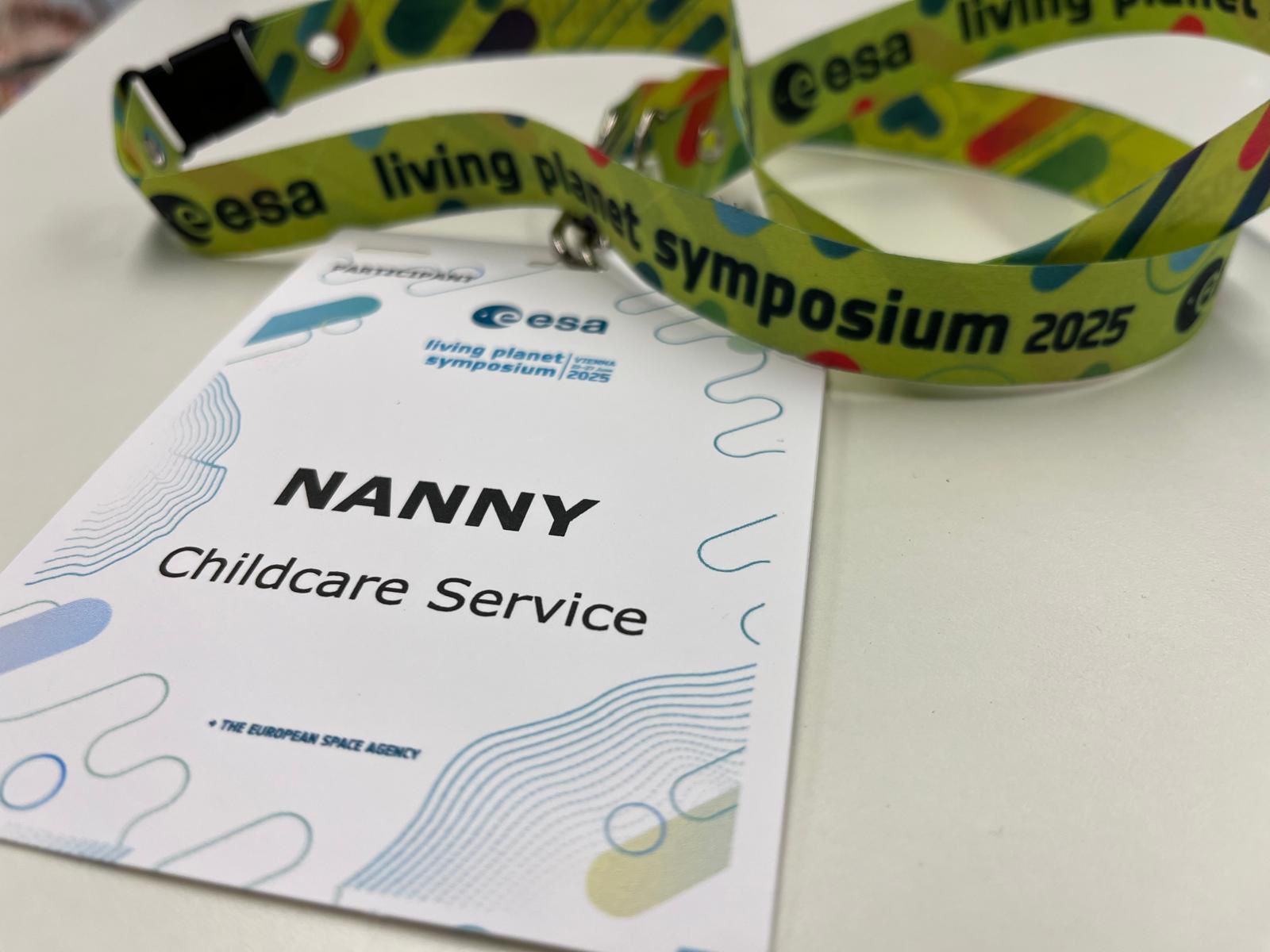
Opéra Garnier: Elegance, Legends, and the Stage of Dreams
With its grand marble staircase, glittering chandeliers, and golden balconies, the Palais Garnier (Opéra Garnier) is one of Paris’s most dazzling landmarks. Built during the reign of Napoleon III, it is both a working opera house and a palace of art, music, and imagination. Even for families who may not attend a performance, exploring its lavish halls feels like stepping into a living fairytale — where history, beauty, and legend come together under one gilded roof.
A Brief History
Commissioned in 1861 as part of Baron Haussmann’s transformation of Paris, the Palais Garnier was designed by architect Charles Garnier in the opulent Beaux-Arts style. Completed in 1875, it quickly became a symbol of the French capital’s cultural prestige. The opera house inspired Gaston Leroux’s Phantom of the Opera, adding to its aura of mystery and romance. Today, it continues to host ballets and operas while welcoming visitors from around the world to admire its extraordinary architecture.
Experiencing the Opéra Garnier
Every corner of the building offers a new marvel, combining artistic grandeur with playful details that delight children and adults alike:
- The Grand Staircase – A sweeping marble staircase framed by statues and columns, often compared to entering a royal palace.
- The Auditorium – Red velvet seats, golden balconies, and the dazzling Marc Chagall ceiling above the chandelier create an unforgettable setting.
- The Grand Foyer – Resembling a miniature version of Versailles, with mirrors, chandeliers, and gilded decoration that captivate visitors.
- Behind the Legend – Families may enjoy discovering the “Phantom of the Opera” tale that has become inseparable from the building’s identity.
👨👩👧Family Perspective
- Kid-Friendly Highlights: Children are often enchanted by the grandeur of the staircase, the sparkling chandeliers, and the “Phantom” story. The building feels magical — like a castle of music. Short guided tours designed for families can bring its history alive in fun, engaging ways.
- Practical Considerations: The opera house is stroller-accessible, but wide staircases are more easily navigated without. Visits are best in the morning or early afternoon, when it is quieter between rehearsals and performances. Families should note that performances can be long, so attending with younger children may require planning.
Nearby, the area around Opéra Garnier is lively, with cafés, pastry shops, and the famous Galeries Lafayette department store just a short walk away — perfect for combining culture with a sweet treat or light shopping. For a truly Parisian experience, Café de la Paix, located on the Place de l’Opéra, offers a blend of Napoléon III décor and timeless French cuisine in a historic setting. Just a short walk away, BeauCoCo Paris provides a vibrant atmosphere with its sunny terrace and seasonal dishes, embodying the essence of Parisian elegance. Click here (Café de la Paix article) for more details about Café de la Paix and here (BeauCoCo Paris article) about BeauCoCo Paris.
Best Times to Visit
- Morning: Quieter for exploring the building’s interior at your own pace.
- Late afternoon: The golden light filtering through the windows enhances the atmosphere.
- During performances: For families with older children, experiencing a ballet or concert can be unforgettable.
Why It Matters
The Opéra Garnier is more than an opera house — it is a masterpiece of architecture and imagination. For families, it offers a glimpse into the world of music, theater, and Parisian elegance. Whether wandering its foyers, marveling at Chagall’s ceiling, or imagining the Phantom in the shadows, every visit feels like stepping into a story.
Opéra Garnier official website
🌿 Family Comfort & Peace of Mind
A Graceful Visit with Non Stop Nanny Babysitting
The Opéra Garnier is a palace of wonder, but for families with very young children, the long tours and formal atmosphere can feel demanding. With Non Stop Nanny Babysitting, everyone can enjoy the experience stress-free. Our professional caregivers can keep little ones happily entertained nearby, giving parents and older children the freedom to explore the opera house’s grand halls, enjoy a guided tour, or even attend a performance.

